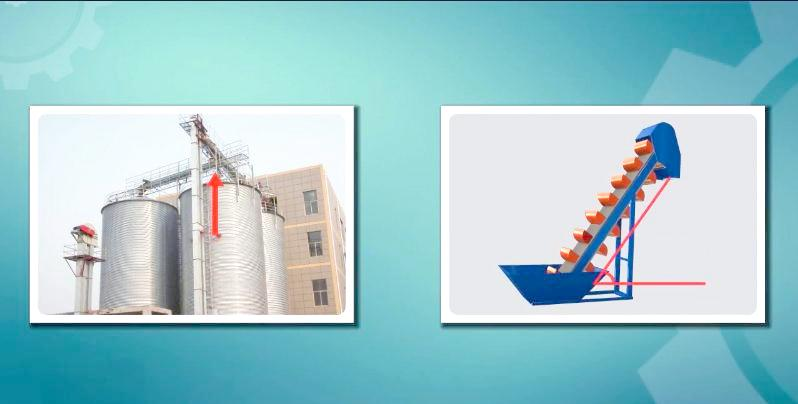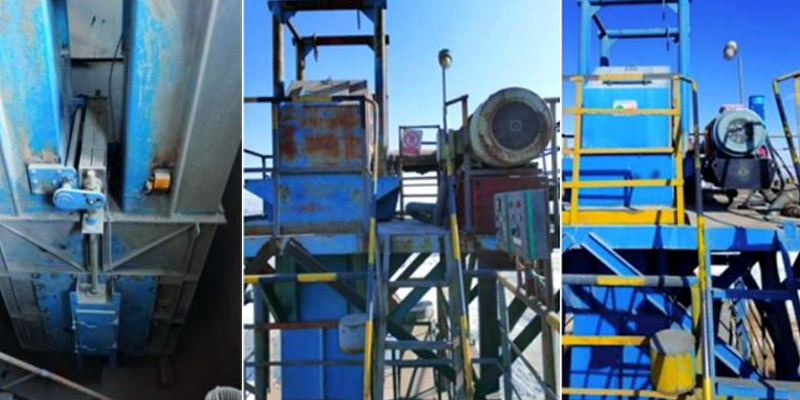Dust is a major challenge in many industries. It poses health risks, creates safety hazards, and damages equipment. To control it, you need an efficient solution. A cyclone dust collector is a primary weapon in this fight. This powerful device uses a simple but brilliant principle to clean air. Many facilities use anindustrial cyclone dust collector as a first-line defense. This article provides a complete guide. We will explore how it works, its key benefits, and how to select the best cyclone dust collector for your needs.
What is a Cyclone Dust Collector? Defining the Technology
A cyclone dust collector is a mechanical air pollution control device. It removes particulate matter from an air or gas stream without using filters. Instead, it uses centrifugal force and gravity. The core cyclone dust collector design is elegantly simple. It has no moving parts, which makes it robust and low-maintenance. People often use it as a pre-cleaner before a final filtration system, like a baghouse dust collector. This combination maximizes efficiency and protects sensitive filters.
How Does a Cyclone Dust Collector Work? The Centrifugal Mechanism
The operating principle is straightforward but highly effective. Here is a step-by-step breakdown of the process.
H3: The Step-by-Step Cyclone Separation Process
-
Tangential Entry: The dust-laden air stream enters the cyclone at a high velocity through a tangential inlet. This creates a spiraling, vortex motion.
-
Centrifugal Force Creation: The circular path generates strong centrifugal force. This force flings the heavier dust particles toward the outer wall of the cyclone.
-
Particle Separation: The cleaned air, now free of most particulates, reverses its direction. It forms a smaller, inner vortex and moves upward.
-
Air Exit: This cleaned air exits the cyclone through a central tube located at the top, called the vortex finder.
-
Dust Collection: The separated dust particles slide down the inner wall due to gravity. They fall into a collection hopper at the bottom for disposal.
This entire process happens continuously and automatically.
Key Drivers for Choosing a Cyclone Dust Collector
Why do so many industries rely on this technology? Several powerful drivers make it a preferred choice.
-
High Efficiency on Coarse Particles: It is exceptionally effective for removing large and abrasive dust.
-
Low Maintenance Needs: With no filters or moving parts, it requires minimal upkeep. You avoid the recurring cost of replacing filter bags.
-
Durability: Its robust construction handles high temperatures, abrasive materials, and harsh conditions.
-
Cost-Effectiveness: Lower initial and operational costs make it an economical solution for primary separation.
Cyclone Dust Collector Applications: Where Are They Used?
You will find cyclone dust collector systems in a wide range of sectors. They are fundamental to many dust collection systems.
-
Woodworking: Capturing wood chips and sawdust from planers, sanders, and saws.
-
Agriculture: Separating grain and husks during processing and handling.
-
Mining and Mineral Processing: Collecting coarse dust from crushers, grinders, and screens.
-
Food Processing: Handling ingredients like flour, sugar, and spices.
-
Metalworking: Capturing metal chips and turnings from machining processes.
How to Select the Best Cyclone Dust Collector: 5 Must-Determine Factors
Choosing the right system is critical for performance. Before you buy, you must confirm these five things.
-
Particle Size and Density: What is the nature of your dust? Cyclones are best for larger, heavier particles (typically over 10 microns). For fine dust, you may need a secondary system.
-
Airflow Volume (CFM): What is the volume of air you need to clean? The cyclone dust collector must be sized to handle your system’s Cubic Feet per Minute (CFM) requirement.
-
Operating Temperature: How hot is the air stream? Standard cyclones handle high temperatures better than many fabric filters, but extreme heat may require special materials.
-
Available Space: What is your physical layout? Cyclones can be tall; ensure you have adequate headroom and floor space for the unit and ductwork.
-
Material Abrasiveness: Is your dust abrasive? For highly abrasive materials, a cyclone with a wear-resistant liner may be necessary to extend its lifespan.
Cyclone vs. Other Dust Collectors: A Quick Comparison
The table below shows how cyclones compare to other common technologies.
| Feature | Cyclone Dust Collector | Baghouse Dust Collector | Cartridge Dust Collector |
|---|---|---|---|
| Principle | Centrifugal Force | Fabric Filtration | Pleated Filter Filtration |
| Best For | Coarse, Abrasive Dust | Fine Dust, High Efficiency | Fine Dust, Compact Space |
| Maintenance | Very Low (No Filters) | High (Filter Bag Replacement) | Moderate (Cartridge Replacement) |
| Pressure Drop | Low | Moderate to High | Moderate to High |
| Cost | Low | Moderate to High | Moderate |
The Unbeatable Advantages of a Cyclone Dust Collector
The benefits of using a cyclone are clear and significant.
-
Reliability: The absence of complex parts means very little can go wrong.
-
Energy Efficiency: It typically has a lower pressure drop than filtered systems, reducing fan horsepower and energy costs.
-
Dry Collection: It collects dust dry, which simplifies disposal and avoids the sludge handling associated with wet scrubbers.
-
Safety: It is excellent for handling explosive dusts, as the all-metal construction can be grounded to prevent static sparks.
Frequently Asked Questions (FAQ)
Q1: What is the simple definition of a cyclone dust collector?
It is a device that uses a spinning air vortex to separate dust and particles from an air stream using centrifugal force.
Q2: Can a cyclone dust collector handle very fine dust?
While efficient for coarse particles, a standard cyclone is less effective on fine dust (below 10 microns). For fine dust, it is often used as a pre-cleaner to remove larger particles before a final filtration stage, like a baghouse or cartridge collector.
Q3: What is the main difference between a cyclone and a baghouse?
A cyclone uses centrifugal force and has no filters. A baghouse dust collector uses fabric filter bags to capture dust on their surface. Baghouses are better for fine dust but require more maintenance.
Q4: What industries most commonly use industrial cyclone dust collectors?
They are ubiquitous in woodworking, grain and feed processing, mining, metalworking, and many other industries where coarse, bulky dust is generated.
Q5: What are the primary advantages over other dust collection systems?
The key advantages are low maintenance, high durability, excellent handling of abrasive materials, and lower operational costs.
Conclusion
The cyclone dust collector remains a cornerstone of industrial air cleaning. Its brilliant, no-fuss cyclone dust collector design offers unmatched reliability for coarse dust collection. By understanding its function, benefits, and the key selection criteria, you can make an informed decision. Whether used alone or as part of a larger dust collection system, it provides a robust, cost-effective solution for keeping your facility clean, safe, and productive. When your primary challenge involves larger particles, the best cyclone dust collector might be the perfect tool for the job.




